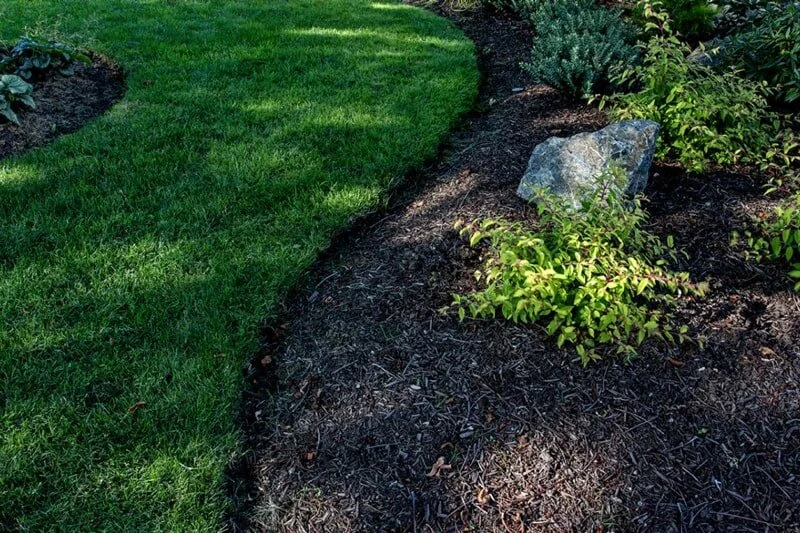After the Rain
After the Rain
You might still be waiting for your yard to dry out after the “Atmospheric River” which swept through our region in January. Perhaps your lawn resembles a green sponge? Or your soil seems heavy and water-logged? While you wait, you might want to consider how all that rainfall affects your soil conditions and whether some yard areas could be better equipped to face our “wet” coast winters?
Soil Basics (Actually, it's Acidic!):
Soil is made up of air, water, organic matter and minerals. The ideal water content of soil is approximately 25%. Renovations might be in order if your soil isn't draining or if water is pooling in low spots or eroding parts of the landscape. Heavy soils that retain water might have a high clay content, or they might be compacted. Soil amendments like mulch help reduce compaction and create better soil structure by aggregating clay soil and creating larger pore space for air and water movement. One of the often overlooked components of soil is the organisms, which work hard to keep your garden healthy. Poor-draining soil can reduce or halt the activity of decomposers and microbes. Soil amendments feed these organisms, which in turn break down your soil, making nutrients more available to plants. Some of the plants in your garden thrive in wet conditions whereas others don't like to have wet feet. Roses, in particular, should not planted in areas with poor drainage. If the soil around your roses is consistently wet, you may consider transplanting them, or lifting the roses and adding coarse sand. Be sure to work the sand into the soil to avoid soil layering and a perched water table. Heavy rains create acidic soils and can cause nutrient leeching and erosion. Typically, West Coast gardens are adapted to acidic conditions, but a PH test is always a useful tool if you suspect a problem. In high acid (“sour”) soils, plants struggle uptake important nutrients like nitrogen, phosphorous and potassium. Runoff from your roof or downspouts might be eroding parts of your garden, pooling against your foundation, or splashing dirt onto ornamental plants. Consider re-routing downspouts, installing cobbles, drainage systems, rainbarrels or raingardens.
Lawn Health:
In BC, we are constantly battling moss in lawns. This is because moss thrives in wet, shady, acidic conditions that can cause turf to decline. This time of year moss, at least, is green and vibrant and probably doing a good job of filling in any bare patches in your lawn. In hot, dry conditions, however, moss turns brown and unsightly. In a healthy lawn, grass seedlings will out-compete moss but overseeding with a Perennial Ryegrass in a sunny location or Fine Fescues in shade will boost the turf's competitive edge against both moss and weeds. Liming to raise the PH also helps deter mos If you really can't live with moss, a lawn renovation might be in order. This practice is particularly important for older turf stands, even if you're not battling moss. The process consists of vertical mowing to remove thatch and break up rhizomes (much like dividing irises that have lost vigour). Aerating, then topdressing with coarse sand and humus, reduces compaction, improves drainage and feeds vital soil organisms. If you've recently installed sod, it's important to aerate for the first three years afterward in order to break up grass roots and force them deeper into the soil for better drought and disease tolerance.
Pests and Disease:
Another reason for managing drainage issues on your property is that certain pests and diseases thrive in wet conditions. Empty any standing pools of water (perhaps in a forgotten pot or in the creases of a tarp) to limit the breeding grounds for mosquitoes. Botrytis (black rot) breeds in wet leaf litter, so clean up any rotting leaves from last year's annuals or perennials. This will help prevent slugs as well! Phytophthora, which caused the Irish potato famine but closer to home can cause root and crown rot, is an oomycete (water mould) that travels through water to infect host plants. A good spring cleaning of your garden, before the perennials have leafed out and it's still down to bare bones out there, will help your plants fight off pests and diseases and look their best later on.

